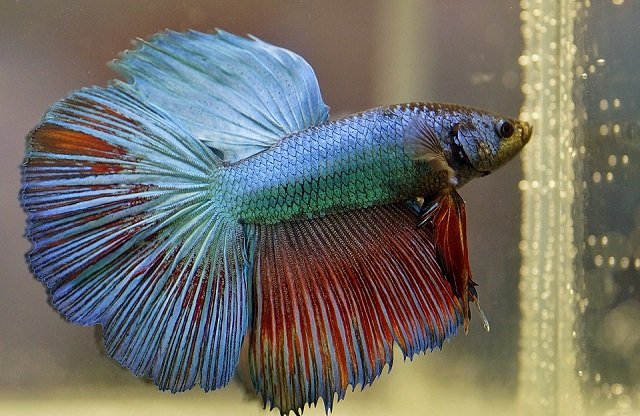Maine, USA.- How people fish matters perhaps as much as the quantity harvested, say University of Maine researchers Kara Pellowe and Heather Leslie.
Their study published in Ecosphere details the impacts of size-selective fishing on an economically important species of clam in Baja California Sur, Mexico.
The information is critical for fisheries managers to design policies that balance short- and long-term ecological and economic goals, say the scientists based at the Darling Marine Center in Walpole, Maine.
The findings highlight that size-selective fishing that aligns with the life history of target populations and stakeholders’ goals is critical to sustaining fisheries and the valuable food and livelihoods they provide.
Pellowe conducted the research as part of her UMaine Ph.D. dissertation in ecology and environmental science. Over the last six years, she regularly traveled from New England to Baja to work closely with fishermen who harvest chocolate clams (Megapitaria squalida) near Loreto Bay National Park, on the gulf coast of the Baja peninsula.
“Most fishing, whether in Mexico or Maine, is inherently size-selective,” says Pellowe. “Fishermen preferentially target certain sizes of fish, often because of the economic value or cultural preferences associated with different sized seafood products.”
Like the soft-shell clam in Maine, the Mexican chocolate clam is a culturally and economically important species, providing food and income for many households, particularly at times when other opportunities are scarce.
Stay Always Informed
Join our communities to instantly receive the most important news, reports, and analysis from the aquaculture industry.
Despite the species’ importance, many aspects of the biology of Mexican chocolate clams were unknown before Pellowe began her graduate research.
Pellowe and Leslie, director of the Darling Marine Center, used information collected over years of ecological fieldwork to develop a model of how the Mexican chocolate clam population and fishery would be expected to respond to different size-selective fishing scenarios.
“Our work revealed that the range of sizes fishermen harvest results in important trade-offs between fisheries yield and reproductive capacity of the clam population,” says Leslie.
“Over time, a more restrictive slot limit will likely lead to a higher number of young clams, a larger clam population, and the ability to fish more over time, relative to a less restrictive scenario, where clams of a broader range of sizes are harvested.”
National Science Foundation program director Betsy von Holle said, “This research team applied basic science techniques to aid applied management decisions regarding fisheries production, which could have major implications for fisheries production, as well as the conservation of this species.”
Leslie and Pellowe continue to conduct research in Mexico with the support of the National Science Foundation. They also recently initiated a project in collaboration with the joint shellfish committee of the towns of Damariscotta and Newcastle, focused on local shellfish populations in midcoast Maine.
Contact:
Heather Leslie, heather.leslie@maine.edu
Reference (open):
Kara E. Pellowe Heather M. Leslie. Size-selective fishing leads to trade-offs between fishery productivity and reproductive capacity. Ecosphere. Volume11, Issue3, March 2020. https://doi.org/10.1002/ecs2.3071 https://esajournals.onlinelibrary.wiley.com/doi/full/10.1002/ecs2.3071
Source: The University of Maine
Editor at the digital magazine AquaHoy. He holds a degree in Aquaculture Biology from the National University of Santa (UNS) and a Master’s degree in Science and Innovation Management from the Polytechnic University of Valencia, with postgraduate diplomas in Business Innovation and Innovation Management. He possesses extensive experience in the aquaculture and fisheries sector, having led the Fisheries Innovation Unit of the National Program for Innovation in Fisheries and Aquaculture (PNIPA). He has served as a senior consultant in technology watch, an innovation project formulator and advisor, and a lecturer at UNS. He is a member of the Peruvian College of Biologists and was recognized by the World Aquaculture Society (WAS) in 2016 for his contribution to aquaculture.


